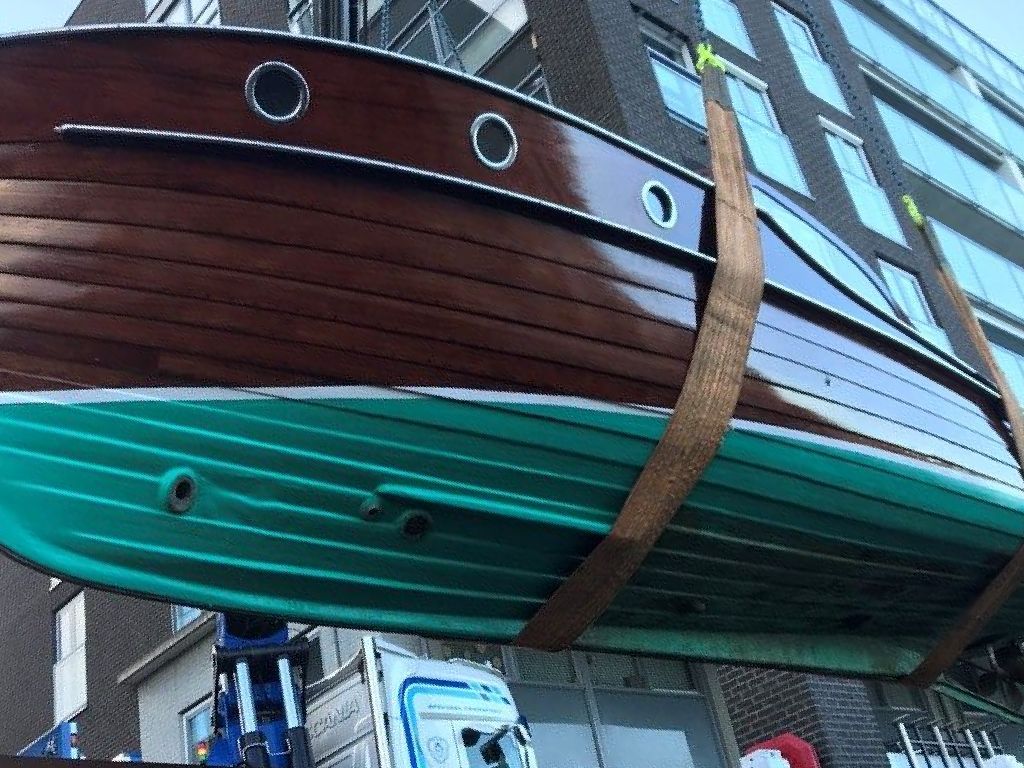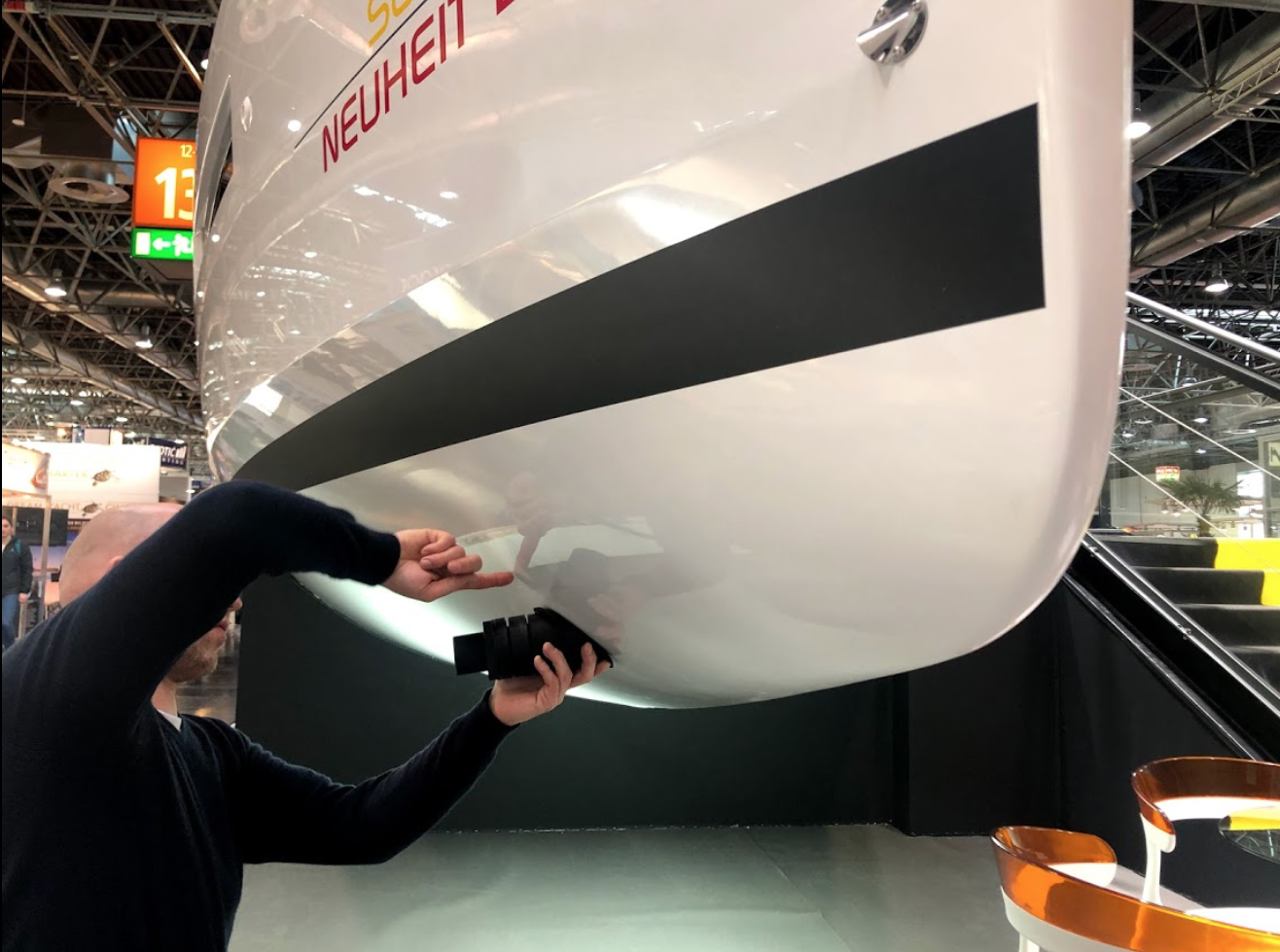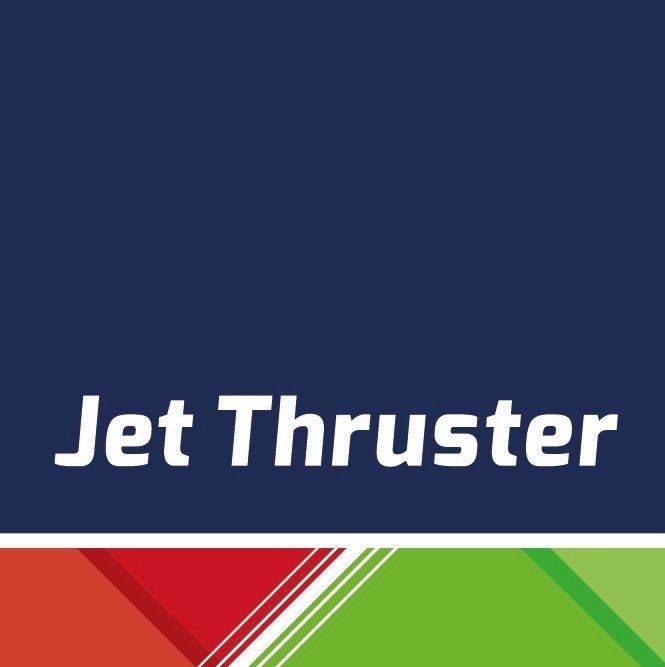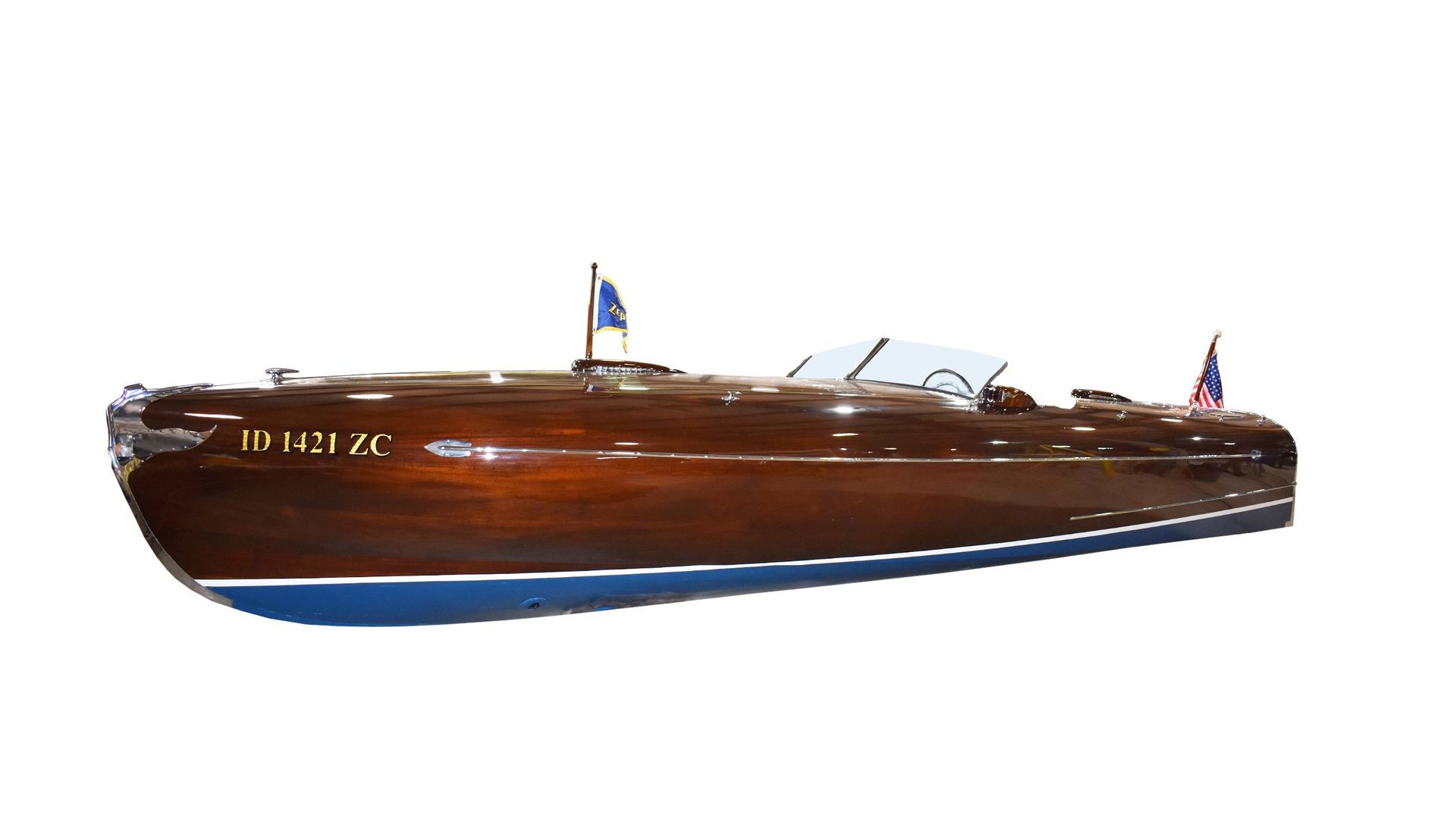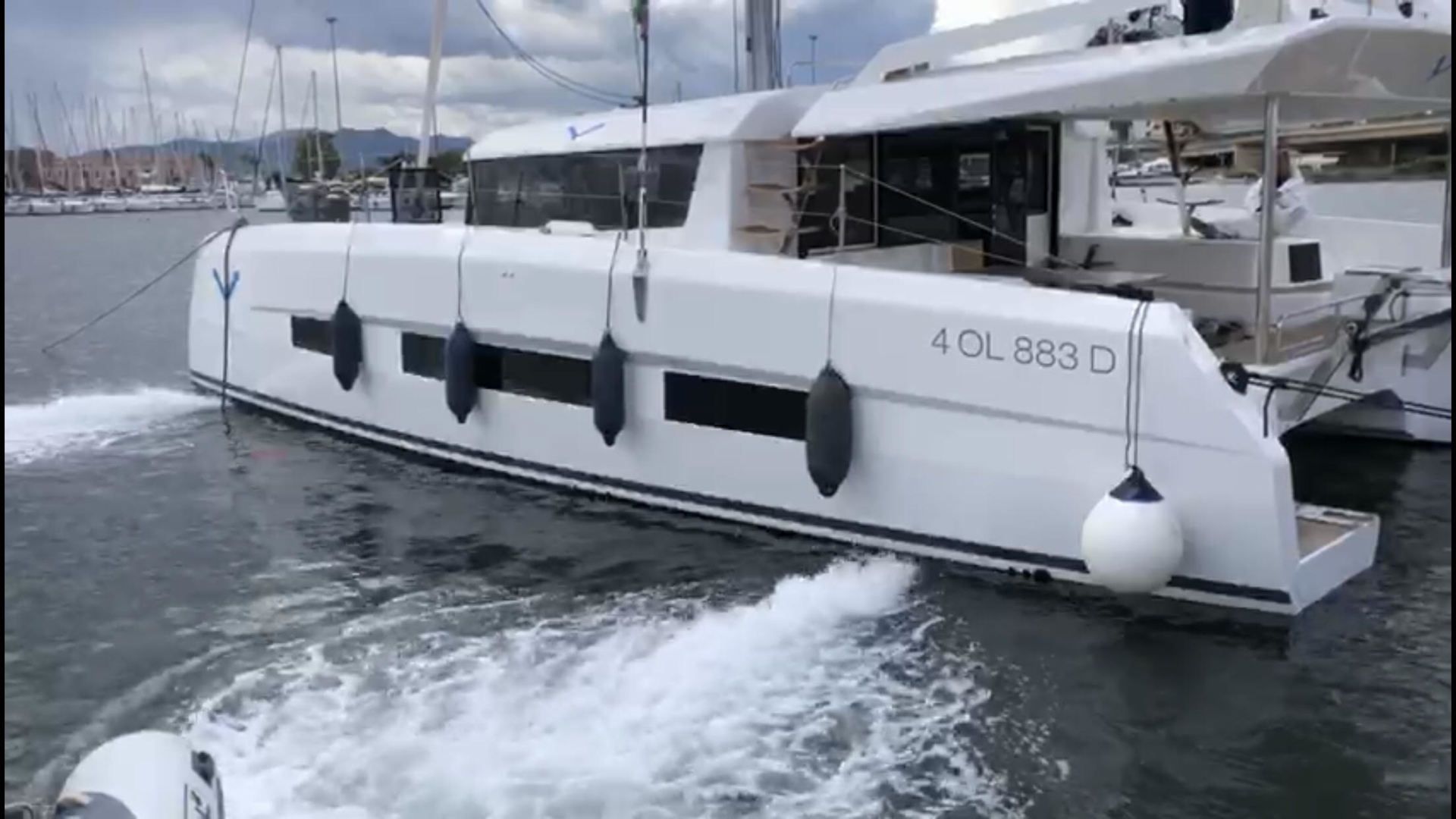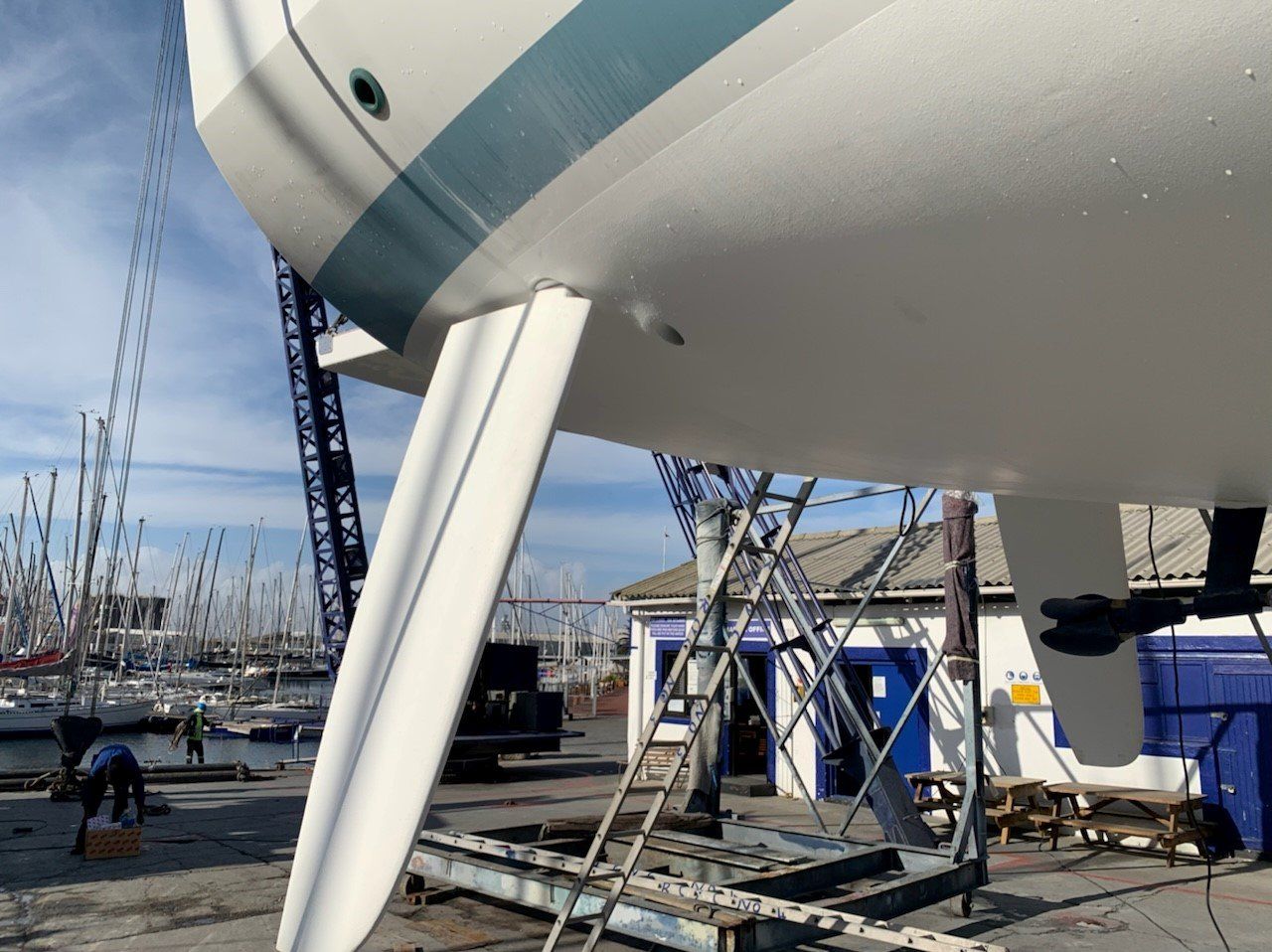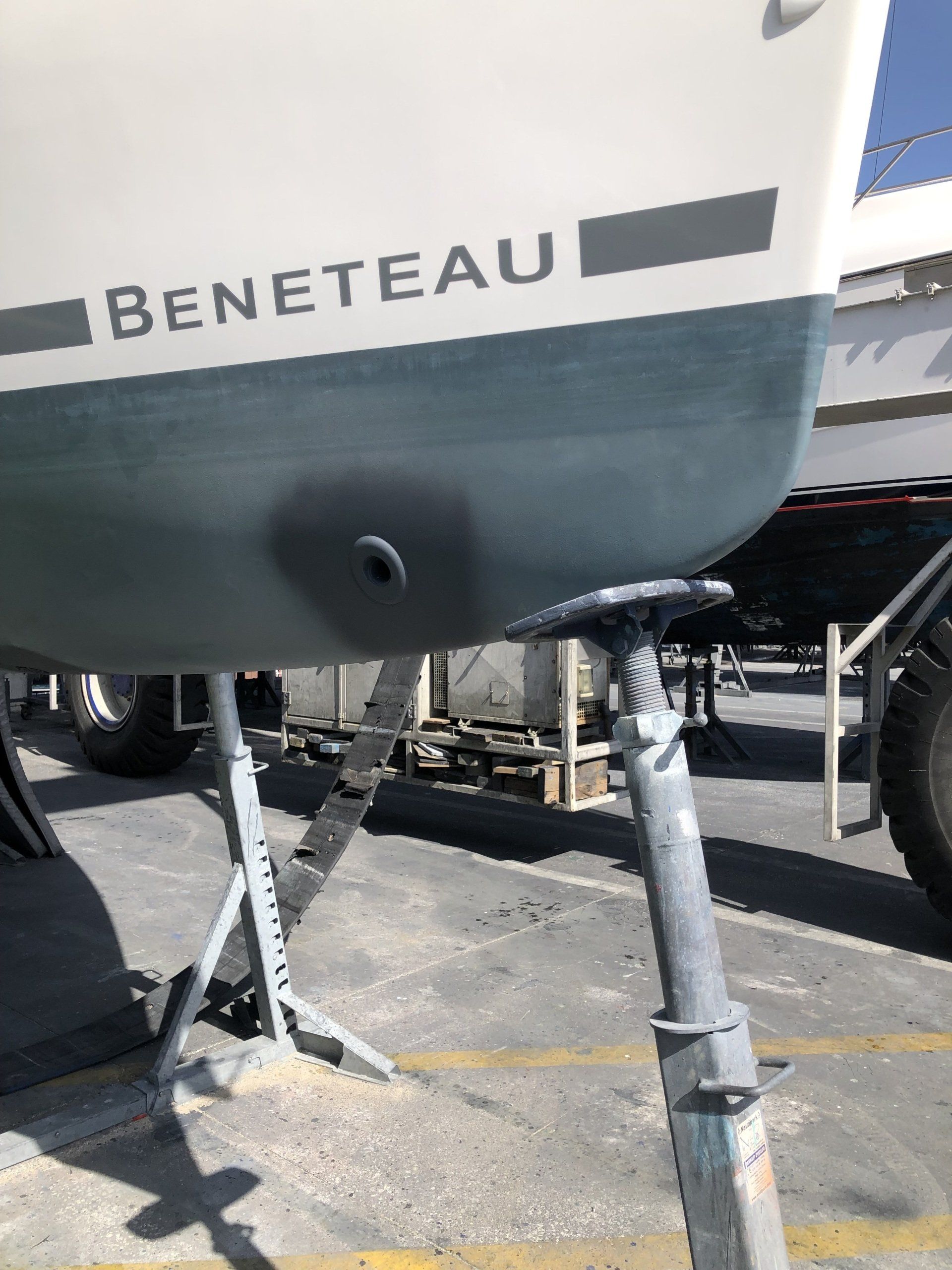Top 10 Frequently Asked Questions About Jet Thruster Systems for Catamarans
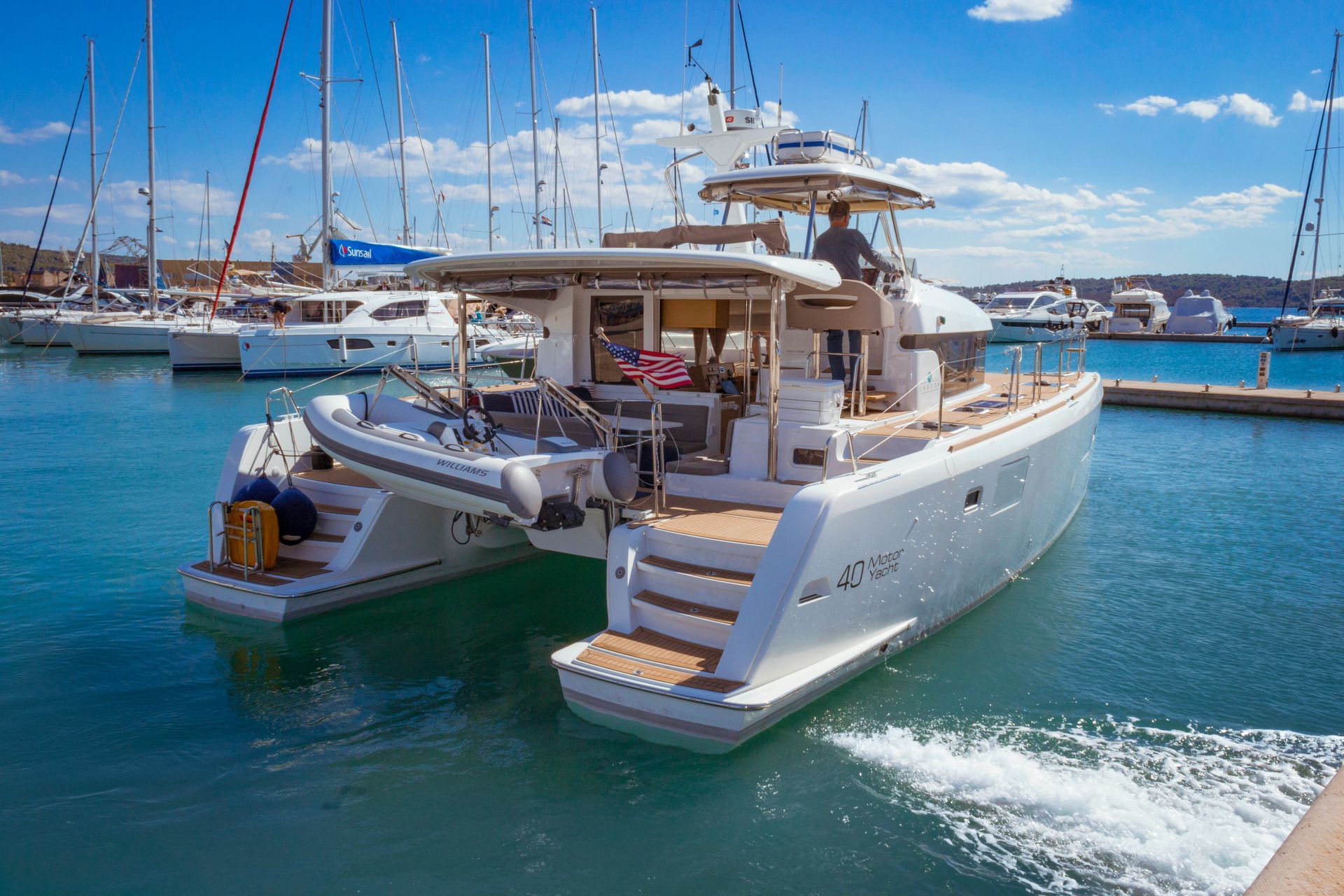
When it comes to maneuvering a catamaran, traditional propeller-based bow thrusters can pose several challenges due to space limitations, installation complexity, and maintenance requirements. This is where Jet Thruster systems offer a game-changing solution. Designed to provide silent, efficient, and flexible maneuvering, these systems are an excellent fit for catamarans.
In this article, we will address the most frequently asked questions about Jet Thruster systems for catamarans, helping you understand why they are a superior alternative to traditional thrusters.
1. What is a Jet Thruster System, and How Does It Work?
A Jet Thruster system is a water-based maneuvering solution that uses a powerful pump to push water through strategically placed nozzles in the hull. This allows the boat to move sideways or turn more precisely, improving overall control and docking ease. Unlike conventional thrusters, Jet Thrusters have no moving external parts, reducing the risk of damage or clogging due to debris.
2. Why Are Jet Thrusters a Good Choice for Catamarans?
Catamarans are known for their wide beam and shallow draft, making traditional thrusters difficult to install. Jet Thrusters offer a compact and flexible alternative, with advantages such as:
- No External Moving Parts – Nothing sticks out below the hull, reducing drag and avoiding damage.
- Low Maintenance, High Reliability- Designed with fewer moving parts, Jet Thrusters require less upkeep. Spend more time enjoying your boat and less time on maintenance—perfect for long-term reliability.
- Flexible Installation – The pump can be installed anywhere below the waterline, optimizing space.
- Silent Operation – Unlike propeller thrusters, Jet Thrusters operate quietly, making docking more comfortable.
3. Can a Jet Thruster Be Installed on Both the Bow and Stern?
Yes! Jet Thruster systems can be installed on both the bow and stern of a catamaran. This setup maximizes maneuverability, allowing you to control the entire vessel in tight marinas or challenging wind conditions. By combining a bow and stern Jet Thruster, docking becomes much easier, even in strong currents or crosswinds.
4. How Powerful Is a Jet Thruster Compared to a Traditional Thruster?
A Jet Thruster system provides equivalent or better thrust compared to traditional bow thrusters of the same power class, because the nozzles can be placed more forward or backward than a normal bow thruster, resulting in more leverage and therefore more turning power.
5. Does a Jet Thruster System Work in All Water Conditions?
Yes, Jet Thrusters function effectively in both saltwater and freshwater environments. The system is designed with marine-grade materials to resist corrosion, and the pump itself is safely installed inside the boat, reducing exposure to harsh marine elements. We also use a zinc anode in saltwater for even more corrosion resistance. For shallow-draft catamarans, Jet Thrusters provide an added advantage as they do not require a tunnel like conventional thrusters.
6. How Difficult Is It to Install a Jet Thruster System on a Catamaran?
Installation is much simpler than with a traditional thruster. Since Jet Thrusters do not require a large tunnel through the hull, they can be installed with minimal structural modifications. The main installation steps include:
- Mounting the Pump – Installed inside the hull below the waterline.
- Placing the Nozzles – Mounted at the bow and/or stern for optimal maneuverability.
- Connecting the Hoses – Routing water from the pump to the nozzles.
- Wiring the Control System – Joystick or remote controls allow for seamless operation.
Many boat owners opt for professional installation, but the process can also be done by experienced marine technicians or DIY enthusiasts following manufacturer guidelines.
7. What Are the Main Maintenance Requirements?
One of the key advantages of Jet Thrusters is their low-maintenance design. Unlike traditional thrusters, there are no moving parts below the waterline that require regular cleaning. The main maintenance tasks include:
- Checking the pump and valves periodically for debris buildup.
- Inspecting the hoses and electrical connections for wear.
- Replacing sacrificial anodes as needed to prevent corrosion.
Since maintenance can be performed from inside the boat, there’s no need to haul the catamaran out of the water for service, saving time and money.
8. How Does a Jet Thruster Compare to a Traditional Bow Thruster in Efficiency?
Compared to traditional propeller-driven bow thrusters, Jet Thrusters are less energy-efficient as some power is lost when water is pumped through the system. Traditional thrusters convert energy more directly into thrust, making them more efficient in terms of power usage. However, Jet Thrusters excel in other areas, offering silent operation, flexible installation, and lower maintenance. They are ideal for shallow-draft vessels and eliminate the risk of propeller damage. While they may not be the most energy-efficient option, they provide unique advantages that make them a great alternative for catamarans.
9. Can Jet Thrusters Be Used with a Remote Control or Joystick?
Absolutely! Modern Jet Thruster systems come with multiple control options, including:
- Joystick controls for precise maneuvering.
- Wireless remote controls for added flexibility.
- Integration with other onboard systems for seamless operation.
This makes docking and maneuvering effortless, even for single-handed sailors.
10. How Can I Get a Jet Thruster System for My Catamaran?
If you’re interested in upgrading your catamaran with a Jet Thruster system, the best way to start is by consulting with a Jet Thruster specialist. They can help you:
- Determine the ideal Jet Thruster model for your boat size.
- Recommend the best nozzle placement for maximum performance.
- Provide a customized installation plan based on your boat’s layout.
For more details, check out our Jet Thruster solutions and see how they can transform your catamaran’s maneuverability!
